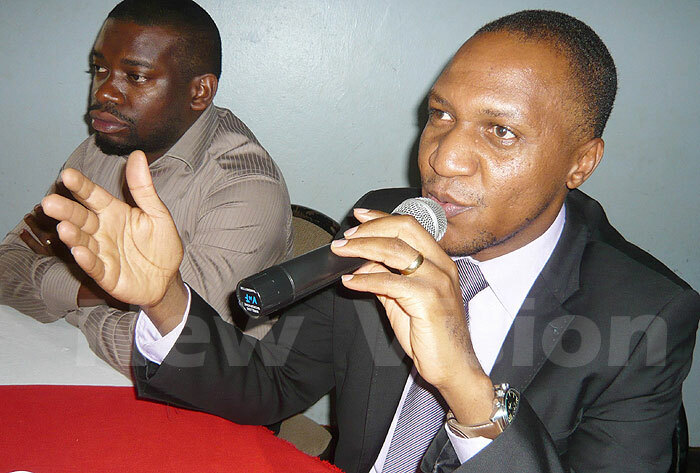Mandatory car inspection is back
Nov 24, 2016
Commercial vehicles including taxis, buses, trucks and other categories will be subject to inspection twice a year.

Nearly two decades since the periodic mandatory inspection of cars was suspended, the exercise is being reinstated - effective next Monday.
Before its suspension in 1998, the inspection was conducted by the motor vehicle inspection unit of the police.
This time round, it will be handled by Société Générale de Surveillance (SGS), who got the contract after a bidding process.
Also covering government vehicles and managed by the ministry of works and transport, the exercise is intended to ascertain vehicle roadworthiness as one of the interventions geared towards reducing carnage on Ugandan roads.
Ronald Amanyire, the secretary for National Road Safety Council in the ministry of works and transport met commuter taxi operators about the mandatory vehicle inspection.
He told the Kampala meeting that SGS had set up own their own permanently stationed inspection centres along several roads to and from Kampala.
One such point is at Kawanda along Kampala-Bombo road which currently ready for use. Mobile inspection units will also be used.
Other permanently fixed inspection centres still under construction include one at Nabbingo along the Kampala-Masaka highway, Namulanda along the existing Kampala-Entebbe highway and one along Kampala-Jinja road.
Amanyire (pictured speaking below) said commercial vehicles including taxis, buses, trucks and other categories will be subject to inspection twice a year by virtue of being on the road all the time which leads to depreciation of vehicle parts.

Although the exercise primarily focuses on the mechanical condition of vehicles, the owner must be in possession of the original logbook, and cover letters from respective permanent secretaries for the case of government vehicles.
Vehicles belonging to private companies and non-governmental organizations will also have to produce cover letters.
Scope of inspection
- General mechanical condition of the vehicle including cracked screens, dented car body, tyre size, among other parts, that can be seen with physical eyes.
- Alterations made on the car including changed car colour, replaced car engine, seating capacity, among others, that were not formalized with Uganda Revenue Authority (URA) will be referred back for correction.
- Car suspension, wheel and light alignment, among others, will be checked by machines and those that will have failed will be given chance to rectify them before the certificate of fitness is issued.
Amanyire said the exercise is starting with public service vehicles (PSV) - buses, Coasters, taxis, special hire, bodaboda - and newly imported used cars on registration by URA.
Motorists have been urged to start rectifying the likely mismatches on their vehicles.
"The tyre tread depth, for example, is supposed to be 1.6mm. All the tyres must be of the same size, brand and treads," said Amanyire.
Robert Kisakye, a licensing officer with Transport Licensing Board, ssaid the exercise has come at the time when many vehicles are being illegally fabricated in local garages while others are illegally imported and issued with fake registration number plates.
He said such vehicles could have exchanged several hands and that while those owning them now might be innocent, ignorance is not defense in law.
Meanwhile, Amanyire said the fees payable for inspection of buses and trailers are very low because of the nature and sensitivity of their work.
